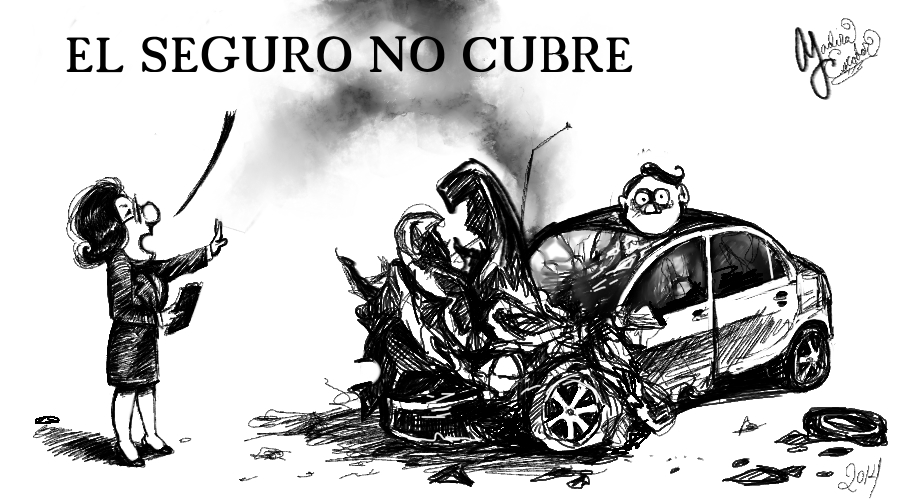
Surviving in illegality
MIAMI — In recent years, the most popular statistics said that the young people of this era would no longer want to own cars. According to several studies, we millenials are more ecologically committed. For the greater good, we don’t covet cars and, gregarious as we are, we’re happy squeezing ourselves into “intelligent” electric cars that save gasoline.
The truth is that young people, 20-plus or thereabouts, have the same four-wheeled dreams. So far, 40 percent of the buyers of new cars are over 50, and every year drivers’ licenses are obtained by older people. How are people’s mindset changed while car commercials are still on TV?
In the past, a boy who needed to get around got himself “transportation.” A very economical jalopy that served his purpose: to go to distant places, provide transportation for others or carry objects. He could afford one even if he worked part-time because his budget allowed for automobile insurance.
People with limited resources tend to be satisfied with a simple and practical model that accomplishes its primary function. In the past, for about $400 you could get a half-broken-down car that belched toxic fumes, but insurance was not an impediment. A little music and a few funny stickers with off-color jokes can beautify any clunker.
Beginning in 2013, with the exception of California, the rest of the country saw an increase of $153 in the usual car insurance rates. If you add that increase to the other elevated costs of living, you’ll see a depressing picture for the less-affluent families that need to travel long distances to keep their jobs.
The result is that many (and I don’t think that we can count how many, due to the illegal nature of the practice) opt for simply surviving outside the law. Traffic policemen know this, which partly explains why they are attracted by the old model cars with doors of a different color, or minivans with windows covered by plastic.
The other day, in search of information, I visited a nearby place leased by a very local and popular insurance company. One of the employees told me that there must be a great number of drivers in Miami who no longer register their cars, much less pay insurance. Rumor has it that in some neighborhoods you can get counterfeit license plates.
It doesn’t surprise me. The poor people continue to get around the laws that favor only those who drive a Range Rover or a Jaguar. The humble worker who owns a decades-old Toyota or Chevy often ends up driving without a license or insurance but with a lot of anxiety.
You can survive without a car in the very epicenter of the city. Urban and suburban residents depend in great measure on public transportation — trains or buses. The cosmopolitan way of life continues to be praised by pop culture, so not owning a car in an urban setting still does not provoke complexes or social stigmas.
Miami-Dade County covers an area 4,915 kilometers square and obviously its 2,617,176 inhabitants can’t all live in the coastal apartments. Today’s youth is the most indebted segment of the population in history and therefore needs to work to make money.
How can Miami-Dade youths go to their jobs (which are also scarce) if they barely can afford their car insurance? I must stress that it is absolutely obligatory to drive with insurance in Florida. Only in New Hampshire are you 100 percent exempt from any monetary obligation.


